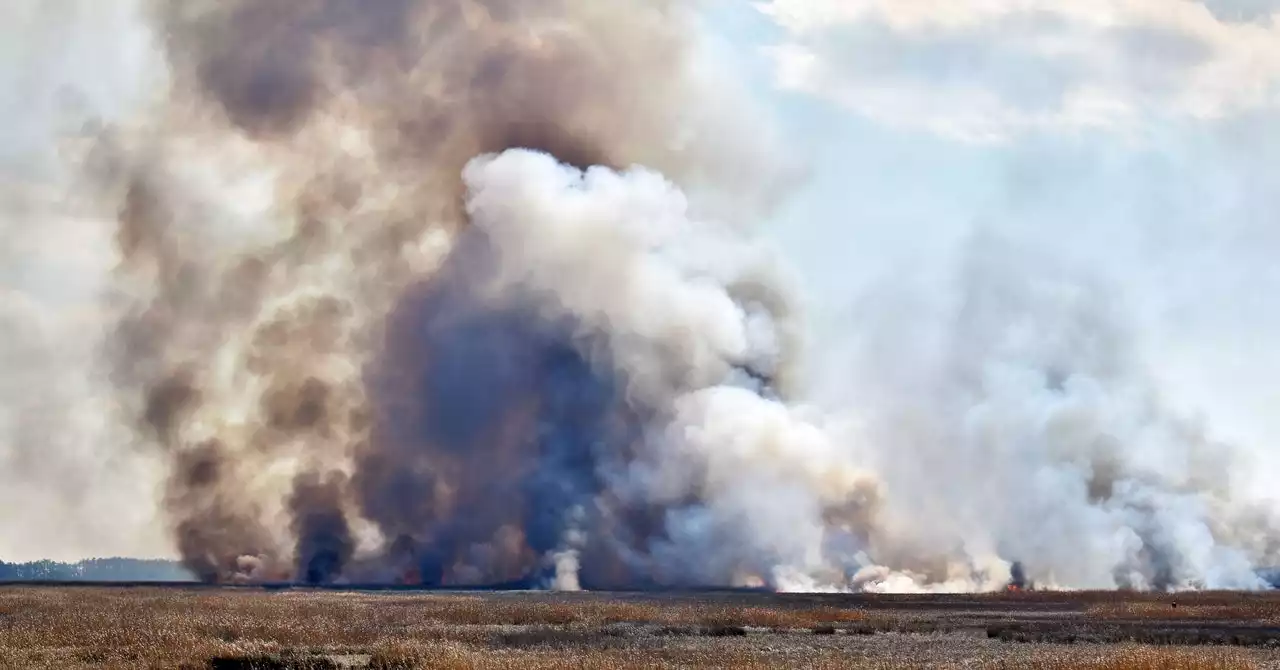A movement is growing to reintroduce controlled burns to forests and grasslands, bringing back the role of fire in creating biodiverse landscapes.
It’s an apocalyptic scene that has become all too familiar in recent years. Columns of thick black smoke rise from the land, turning the piercing late winter sun an otherworldly orange. The acrid smell of burning grass and trees wafts on the wind as dry stalks and dead trunks crackle and pop.
Kirwan, an emeritus professor of forestry at Virginia Tech, is one of those Native people. A member of theindigenous to the Eastern Shore and now headquartered in nearby Cambridge, he often returns to the shore in winter to set muskrat traps. And he remembers his father showing him marshes burning as a child. “He said, ‘This is something we learned from our Indian ancestors that we continue to do today,’” Kirwan recalls.
Advocates say that view is misguided. Prescribed fire, they say, is a critical solution to address a panoply of stark and growing challenges: biodiversity loss, wildfire risk, climate change, threats to human health, and more. Ecologists say fire is a creative force that has long produced food for wildlife and humans and has helped maintain a balance allowing multitudes of species to thrive. “Fire,” says Landau, “is as natural as rain.
The eastern half of the continent is also suffering from a lack of fire, in ways perhaps subtler but no less profound. Research suggests that most of the eastern US historically saw fire. Without fire, valuable ecosystems are now at risk. Among them is the longleaf pine savanna, which once covered vast areas of the Southeast, providing critical habitat for the now-endangered red-cockaded woodpecker, which nests only in holes in mature pine trees, and for a dizzying array of understory plants.
It’s not just trees and animals that suffer when flames vanish. Eighty percent of a forest’s diversity is in its understory, and many species have evolved to grow in open, sunny patches, both in forests and in native grasslands and prairies that stretch through the midsection of the US. Wild blueberries, huckleberries, and many other native food-bearing plants grow better after a fire.
It may seem counterintuitive that fire, so famous for consuming trees, can be good for plants. But trees like oak and pine don’t just tolerate moderate levels of fire; they thrive on it. Oaks’ tough, rumpled leaves and pines’ terpene-filled needles ignite easily and draw flames across the forest floor. Their thick bark is unperturbed by ground-hugging flames that eat through thin grasses and shrubs, and their seedlings thrive in the sunny clearings that fires create.
By mid-afternoon, the team had seemingly painted fire onto the land, burning exactly where and what they wanted. The mature pines’ lower trunks were singed black, and the ground beneath them was charred and cleared of most of the tangled brush that had been there at the start of the day. Watching the team was like watching skilled artists at work—night and day from the chaotic infernos that usually make headlines.
“The Forest Service is not burning nearly as much as it should if you want to restore these oak-pine systems,” Nowacki says.
United States Latest News, United States Headlines
Similar News:You can also read news stories similar to this one that we have collected from other news sources.
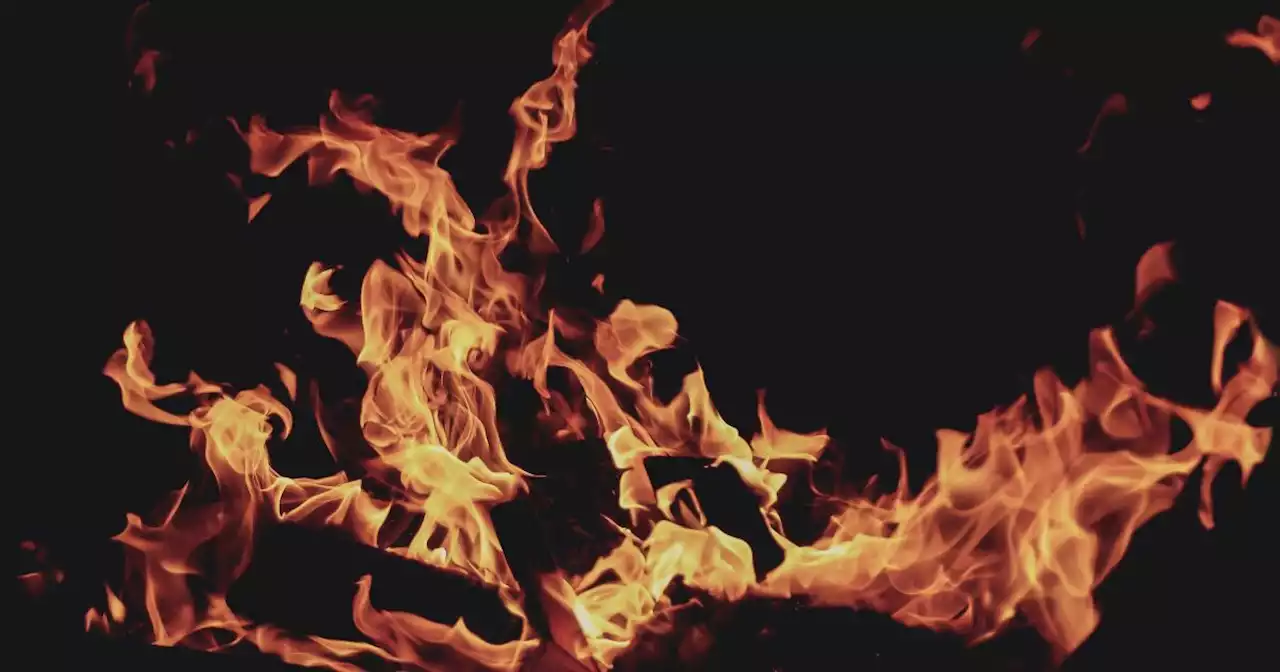 Wildfire fueled by mixed conifer, timber and grass burning in Park CountyA wildfire burning 16 miles northwest of Lake George grew to 11 acres in size just a matter of hours, according to the U.S. Forest Service. COFire COwx
Wildfire fueled by mixed conifer, timber and grass burning in Park CountyA wildfire burning 16 miles northwest of Lake George grew to 11 acres in size just a matter of hours, according to the U.S. Forest Service. COFire COwx
Read more »
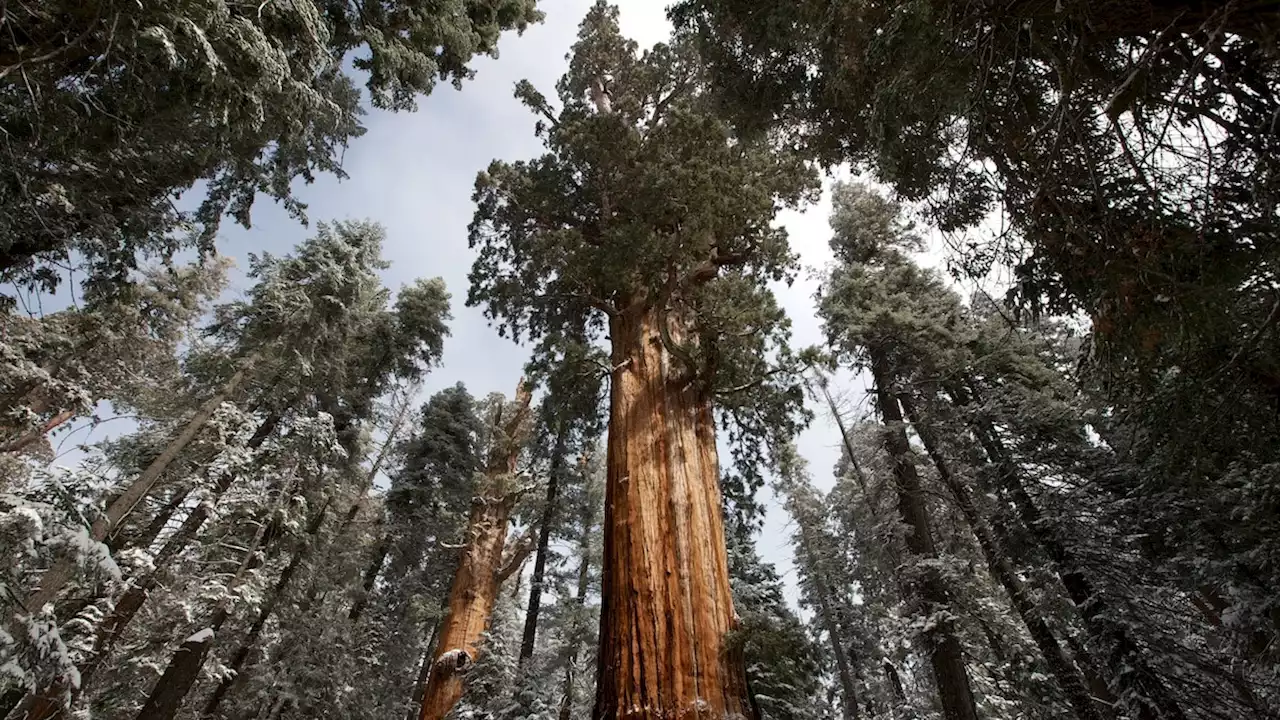 Why old-growth forests matterAncient forests could get protection in the U.S. under a new directive aimed at helping these remarkable trees survive multiple threats.
Why old-growth forests matterAncient forests could get protection in the U.S. under a new directive aimed at helping these remarkable trees survive multiple threats.
Read more »
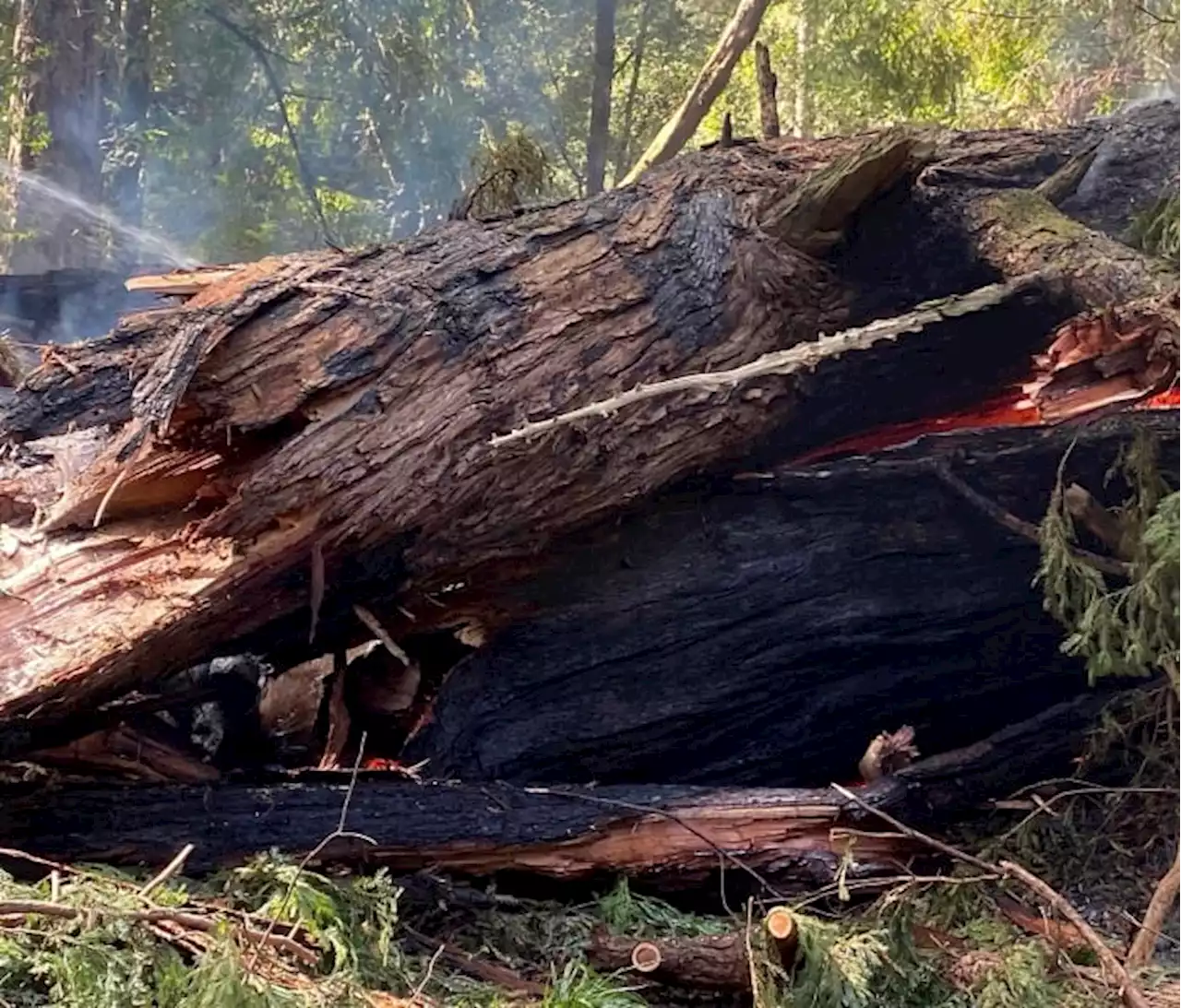 Biden order aims to protect old-growth forests from wildfirePresident Joe Biden is taking steps to restore national forests that have been devastated by wildfires, drought and blight.
Biden order aims to protect old-growth forests from wildfirePresident Joe Biden is taking steps to restore national forests that have been devastated by wildfires, drought and blight.
Read more »
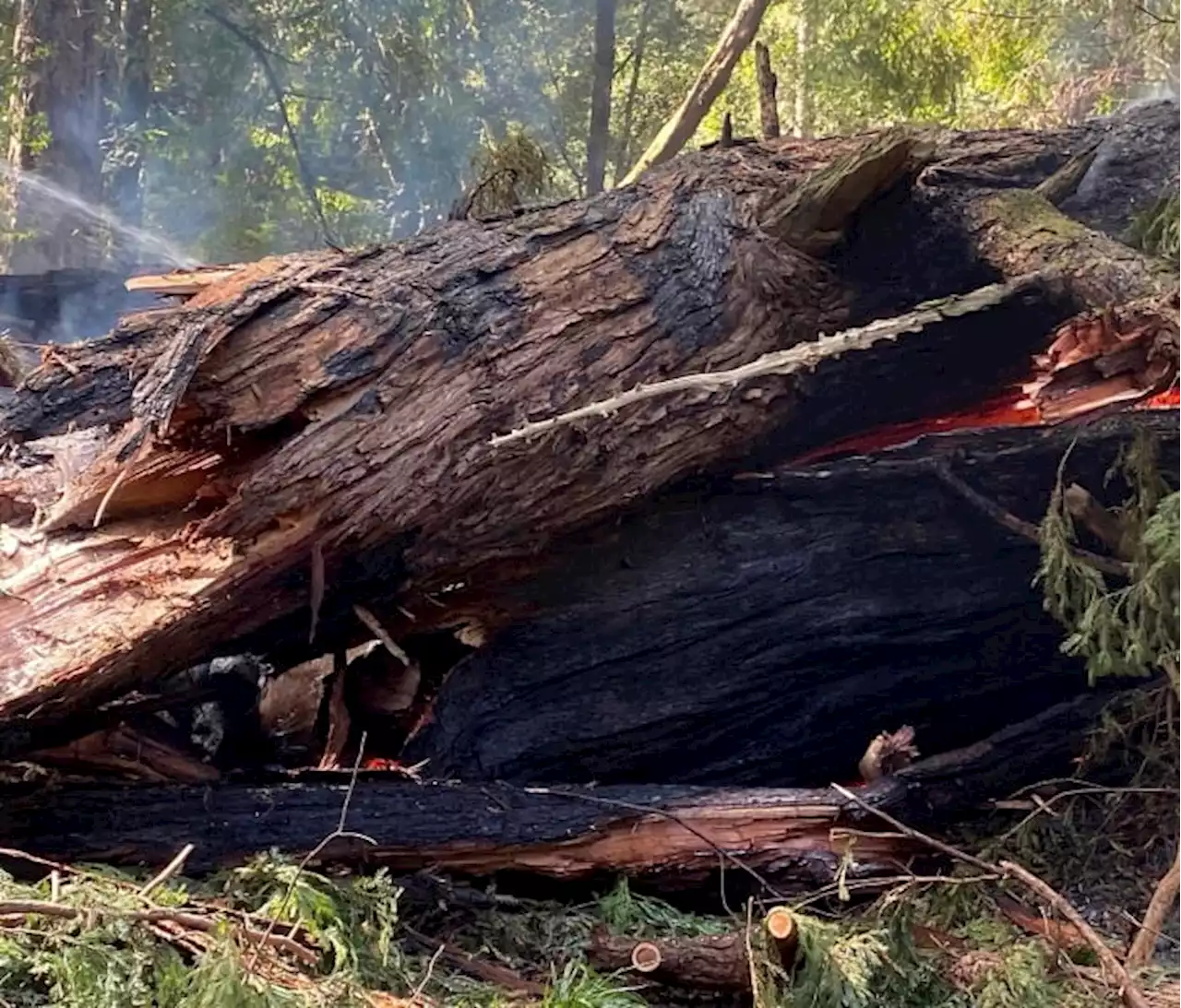 Biden order aims to protect old-growth forests from wildfire🌳 President Joe Biden is using an Earth Day visit to Seattle to sign an executive order protecting some of the nation’s largest and oldest trees.
Biden order aims to protect old-growth forests from wildfire🌳 President Joe Biden is using an Earth Day visit to Seattle to sign an executive order protecting some of the nation’s largest and oldest trees.
Read more »
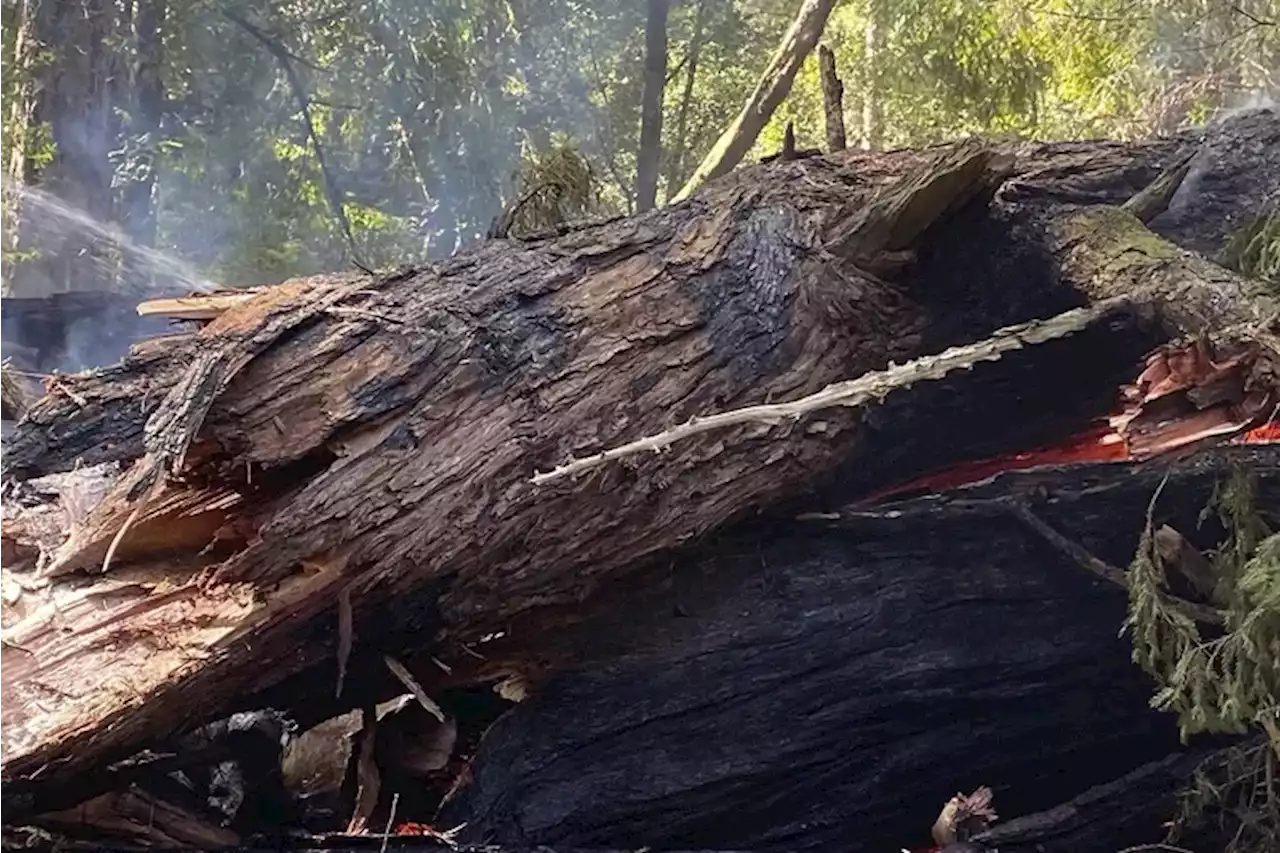 Biden order aims to protect old-growth forests from wildfirePresident Joe Biden is taking steps to restore national forests that have been devastated by wildfires, drought and blight, using an Earth Day visit to Seattle to sign an executive order protecting some of the nation’s largest and oldest trees.
Biden order aims to protect old-growth forests from wildfirePresident Joe Biden is taking steps to restore national forests that have been devastated by wildfires, drought and blight, using an Earth Day visit to Seattle to sign an executive order protecting some of the nation’s largest and oldest trees.
Read more »
 Campaign launches search for 100K sponsors in the US to help Ukrainian refugeesA nonprofit group is searching for 100,000 U.S. residents to sponsor Ukrainian refugees.
Campaign launches search for 100K sponsors in the US to help Ukrainian refugeesA nonprofit group is searching for 100,000 U.S. residents to sponsor Ukrainian refugees.
Read more »
